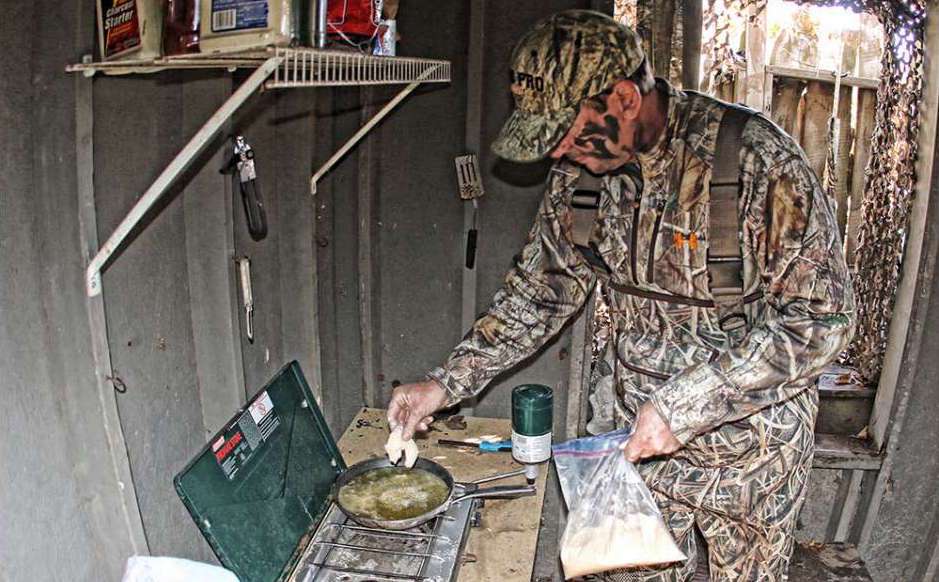
I’ve hunted and fished throughout my life and have gained an appreciation for eating fresh fish and wild game.
There’s nothing better than sitting down to a meal of fresh fish. Of course, I typically don’t eat bass unless I’ve deep hooked one and it dies. I’m a firm believer in catch and release.
But when it comes to bluegill, crappie, walleye, perch, salmon and saltwater fish, man…are they tasty.
The past several years I have roomed with Davy Hite, Scott Rook and my nephew Jonathon when on tour. We would carry fryers with us and often catch non-bass species during tournament practice. We clean and save those and have fish fries from time to time.
Scott was sponsored by Riceland Foods who makes an awesome fish fry oil. My favorite batter is Fry Magic made by Skeeter Warner in Michigan.
We caught a lot of walleyes when we fished the St. Lawrence River and some dandy shell crackers when we were at Lake Havasu a few years ago. It’s not uncommon to hook dandy crappies and bluegills on bass lures.
I love to cook and have learned a lot of different ways to prepare fish over the years. I’m going to share some of those tips with you.
Believe me, I am just as particular about how fish are prepped and cooked as I am in choosing and presenting lures to bass.
The key to keeping fish fresh is getting them on ice soon after you catch them. I carry a Yeti Tundra cooler with me and that cooler can keep ice for days. So if we only catch a few, we clean them that night and put on ice and then freeze them until we have enough fish.
Keeping them on good ice makes a huge difference in the taste of fish.
When filleting fish, such as fatty species like salmon trout or walleye, I look for any red line and trim it out. I feel for bones and remove those and make sure there is no fat outside the fillet.
If it’s a big, thick fish, I slice the fillet at an angle and make a quarter inch to less than half inch thick fillet so that all the pieces of fish are uniform in size. When you have different sizes, some get done before others.
A trick I learned from Rook is, if you fillet the fish and don’t plan to cook it until the next day, soak it in Sprite or 7Up for 24 hours before cooking. Don’t use diet versions of the pop – you need the citric acid to eliminate some of the fishiness and make the fillets sweeter.
Before frying, pat them dry before putting in fryer; not bone dry, but so they aren’t drenched in fluid. I then put fillets in a ZipLoc bag filled with batter and shake them up before dropping into the grease.
Keep the fry temperature from 325 to 335 degrees. If the oil gets too cold, your fish gets too greasy; if too hot, it burns the batter.
Typically, the smaller fillets take around three minutes. If you’re doing shrimp, only two minutes.
I then dump the fish out of the fry basket on a dry paper towel and salt immediately. It helps crisp them up.
It’s equally important to eat them while they are hot, so don’t let them sit. Cook fish as you need them and you will enjoy a fabulous meal of fresh fish!
Next week I will talk about how to grill fish – one of my favorite ways of cooking them when at home.
Remember, it’s all about the attitude!

